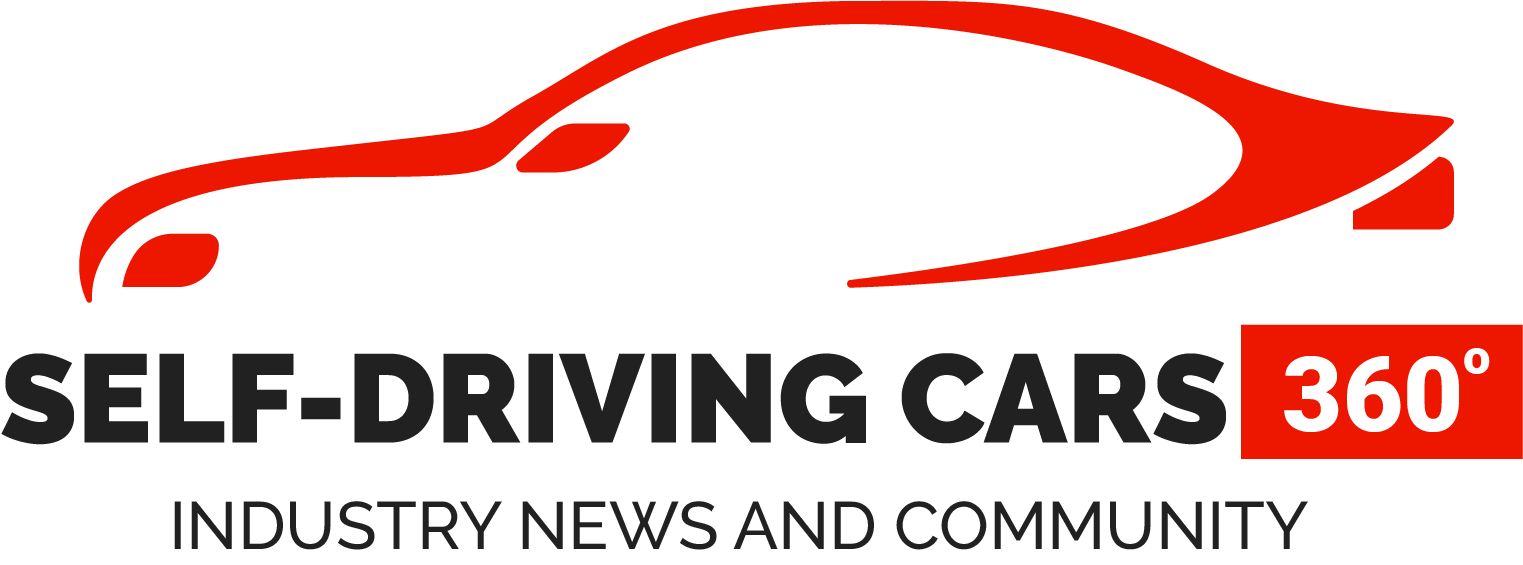Lyft and Aptiv’s partnership to develop self-driving cars for ridesharing has reached a major milestone. Aptiv cars operating on the Lyft network in Las Vegas have completed 100,000 trips. The two companies will not discuss scaling up the program, but said the Vegas deployment will serve as a “blueprint” for more widespread use of self-driving cars.
Passengers use the Lyft app to hail a self-driving car, just like they would any other ride. The cars — modified BMW 5 Series sedans — are operated by Aptiv (which places human backup drivers in each car) and use the company’s autonomous driving system. This arrangement has helped customers learn to trust the technology, a Lyft press release said. While Lyft does have its own in-house self-driving car program, partnering with Aptiv allowed the rideshare company to get self-driving cars on its network more quickly.
Reactions to the self-driving cars have been mostly positive, according to Aptiv. The company said 98 percent of riders rated the experience five out of five stars, and cited glowing reviews on social media. Aptiv previously told Digital Trends that many riders actively sought out self-driving cars just to see what it was like to ride in one. Being able to hail one on the Lyft app gives those curious riders easier access to them.
In part because of the positive feedback from customers, Lyft said it considers self-driving cars to be “ready for broader adoption.” The company said it believes customers are “eager” for more autonomous vehicles, but it’s unclear how Lyft will make that happen.
Lyft cited partnerships with local Las Vegas government entities as a key part of the self-driving car program’s success so far. This not only allows Lyft and Aptiv to operate self-driving cars on public streets, but also includes the installation of sensors on traffic lights that can be read by the cars, making it easier for them to navigate traffic. Other cities may not be as receptive to companies bringing autonomous vehicles to their streets, let alone the idea of spending money on infrastructure to support them.
Las Vegas is also a relatively easy environment for self-driving cars. Cars spend most of their time in autonomous mode driving in a straight line in stop-and-go traffic. Vegas’ climate means rain and snow will almost never be a problem, and cars don’t operate in autonomous mode on private property. So, every time a car turns off the Strip and into the parking lot of one of Vegas’ many casinos, a human driver takes over.
Lyft and Active are not the only companies looking to take self-driving cars mainstream. Waymo operates its own ridesharing service in the Phoenix metropolitan area, and even runs some cars without human drivers behind the wheel. General Motors’ Cruise division recently unveiled a self-driving car purpose-built for ridesharing, and Uber’s autonomous-driving program appears to be clawing its way back from oblivion following a fatal crash.
Source: www.digitaltrends.com




GIPHY App Key not set. Please check settings